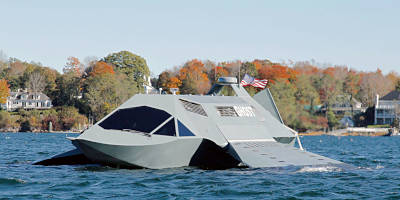Indian billionaires Mukesh Ambani, Azim Premji and Adi Godrej made their fortunes in oil refining, software and toilet soaps. These days the moguls see big money in bullets, bombs and ballistics.
India is the world’s largest weapons importer, relying on foreign suppliers, including Boeing and MiG Russian Aircraft, for about 70 per cent of its US$35 billion (S$45 billion) military budget.
Now, Asia’s third-biggest economy is revising its rules to give domestic private-sector companies a better shot at more of the spending.
The new procedures added a “buy and make Indian” provision. For contracts that require certain expertise, only local companies, including joint ventures with overseas firms, can enter bids. India also tweaked rules governing local purchase requirements.
That has got big Indian companies such as Premji’s Wipro, the country’s third-largest software exporter, setting up weapon-making units, forming new partnerships with foreign defence companies or eyeing acquisitions overseas.
“This is a sexy market with a huge capital acquisition programme,” said Mr Dhiraj Mathur, an Executive Director at PricewaterhouseCoopers’ India unit.
“The advantage the big players have is that they are large, have deep pockets and the resources.”
Domestic private-sector companies now account for only 10 per cent of India’s defence spending, mostly as sub-contractors to state-owned entities, which contribute about 20 per cent, according to a March report by Boston Consulting Group.
Mr Godrej, chairman of Mumbai-based Godrej Group, whose consumer unit is India’s third-largest maker of personal-care products, said “defence will be a major area of expansion” for Indian companies in the next few years.
His group was “looking at all opportunities” to expand into the segment and discussing partnership possibilities, he added.
The tilt to domestic companies comes as India ramps up its defence budget, looking beyond its traditional rivalry with Pakistan to counter China’s rising power.
India tripled military outlay over the last decade to become the world’s seventh-largest defence spender last year. China is the second largest at US$105 billion.
In the next five years, KPMG International estimates, India will seek bids for US$42 billion of military hardware — from fighter jets to artillery guns.
Source:
www.DefenceNews.in
The website is dedicated to give a complete, swift and day-to-day coverage of all the latest happenings in the world of Indian Defence and Aerospace in an accurate, objective, credible and comprehensive manner.

 von
von 

